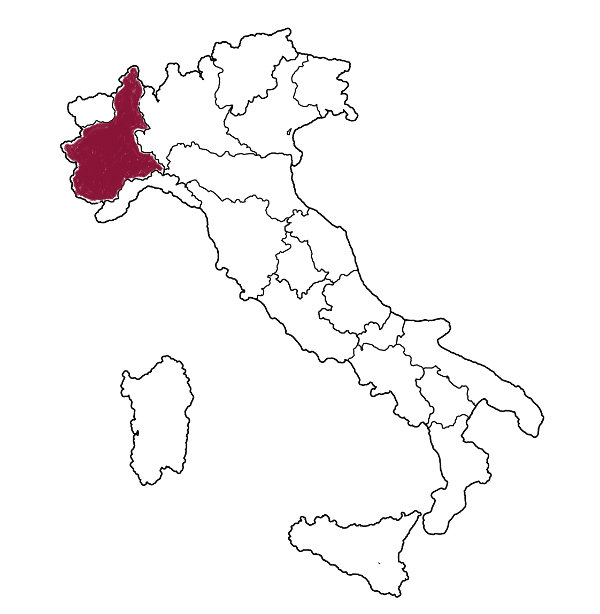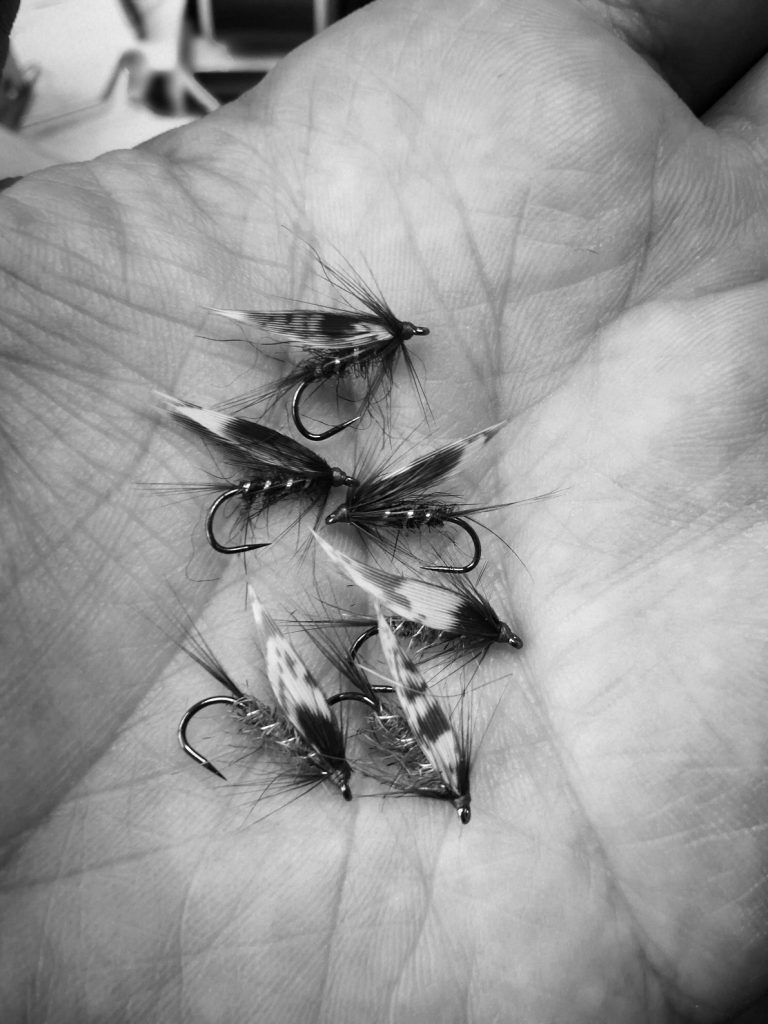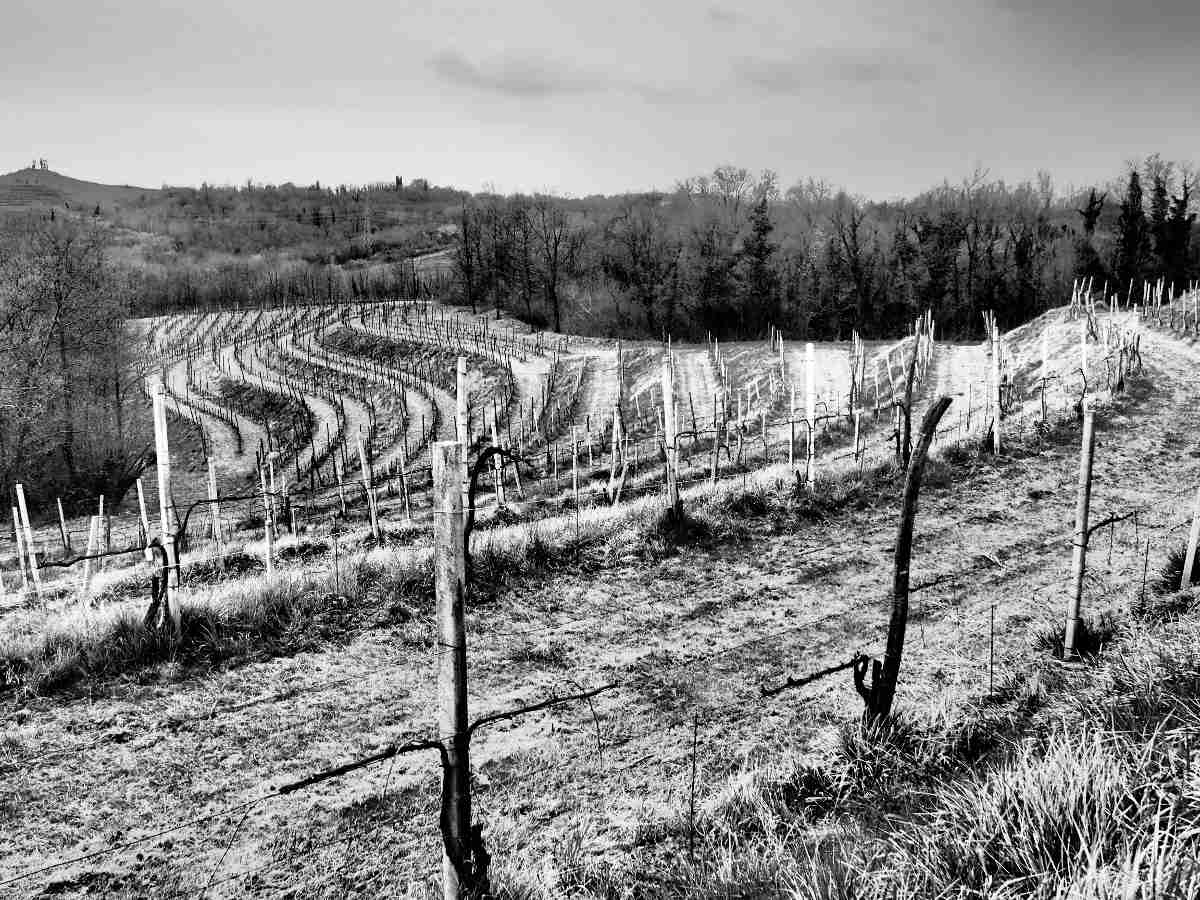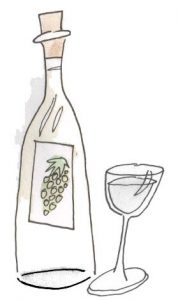classical quirky vino
The Wines


Gavi
Lively aromas of citrus and apple with hints of white flower and a crisp texture.
quick facts
APPELLATION: Gavi DOCG
VINTAGE: 2021
STYLE: white
GRAPE: cortese
FARMING: no herbicides or pesticides
FERMENTATION: stainless steel
MATURATION: stainless steel
FILTRATION: filtered
ALCOHOL: 12.5%
CASE SIZE: 12

Gavi di Gavi 'Rovereto'
Aromatic nose of peach, lemon and white flowers. Intensely mineral on the palate with concentrated citrus and almond flavours and a long, dry finish.
Sourced from vineyards in the village of Rovereto, within the Gavi commune – the historic centre of cortese cultivation.
quick facts
APPELLATION: Gavi DOCG
VINTAGE: 2021
STYLE: white
GRAPE: cortese
FARMING: no herbicides or pesticides
FERMENTATION: stainless steel
MATURATION: stainless steel
FILTRATION: filtered
ALCOHOL: 13%
CASE SIZE: 12
Picollo Ernesto
Founded in 1945, the Picollo Ernesto estate is now in the hands of the third generation, Ernesto and Gian Lorenzo, who continue their father’s and grandfather’s attention to detail and care for the land.
The vineyards cover 7 hectares of south to south-west-facing slopes based primarily in Rovereto, a small village in the commune of Gavi at the heart of quality cortese production. Here the soils are ideal for the cultivation of the cortese grape, with their mixture of calcareous clay and iron-rich limestone leading to profound mineral expression in the wines. Picollo Ernesto work in the traditional way, that is, without herbicides or pesticides. With an average vine age of 30 years and consistently low yields, the grapes achieve ripeness and an aromatic complexity that can be missing from more commercial gavi. Harvest is carried out manually. In the cellar, the artisan approach continues, with natural yeasts used for the long, slow fermentations.





